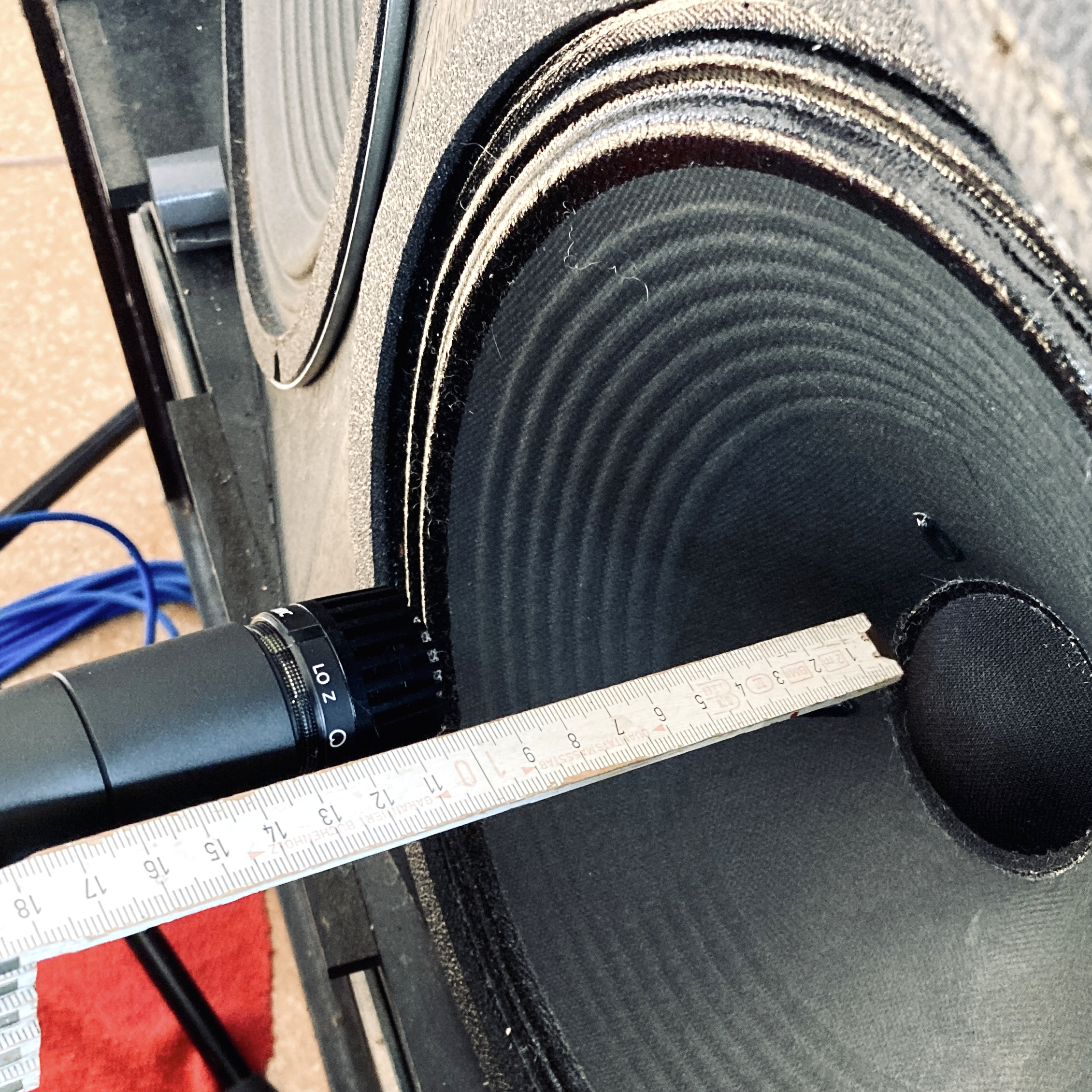Reamping
Reamping is a technique used in audio production where a pre-recorded audio signal, typically a guitar or bass track, is played back through a high-quality amplifier and then re-recorded.

Reamping is a technique used in audio production where a pre-recorded audio signal, typically a guitar or bass track, is played back through a high-quality amplifier and then re-recorded. The purpose of reamping is to give the audio engineer more control over the tone and sound of the recorded instrument.
The reamping process begins by recording a clean, unprocessed signal of the instrument. This could be a direct input from the instrument or a microphone recording the sound of the instrument through an amplifier. Once the recording is complete, the audio engineer can then play back the recording through a guitar or bass amplifier to create a new, unique sound.
Reamping provides the flexibility to experiment with different amps, pedals, and settings after the initial recording has been made. This can be particularly useful if the desired sound was not achieved during the initial recording, or if the artist wishes to try a different tone or effect on the instrument.
Reamping also allows for better isolation and control of the recorded instrument's sound. By recording the clean signal separately from the amplifier, the audio engineer can adjust the levels and tone of the recorded instrument without affecting the sound of the amplifier. This can be particularly useful in situations where multiple instruments are being recorded simultaneously or where the amplifier needs to be located in a different room to reduce unwanted noise.
Overall, reamping is a powerful technique that can help audio engineers and musicians achieve their desired sound and tone for a recording. By giving the engineer greater control over the recording process, reamping can lead to more creative and satisfying results.

